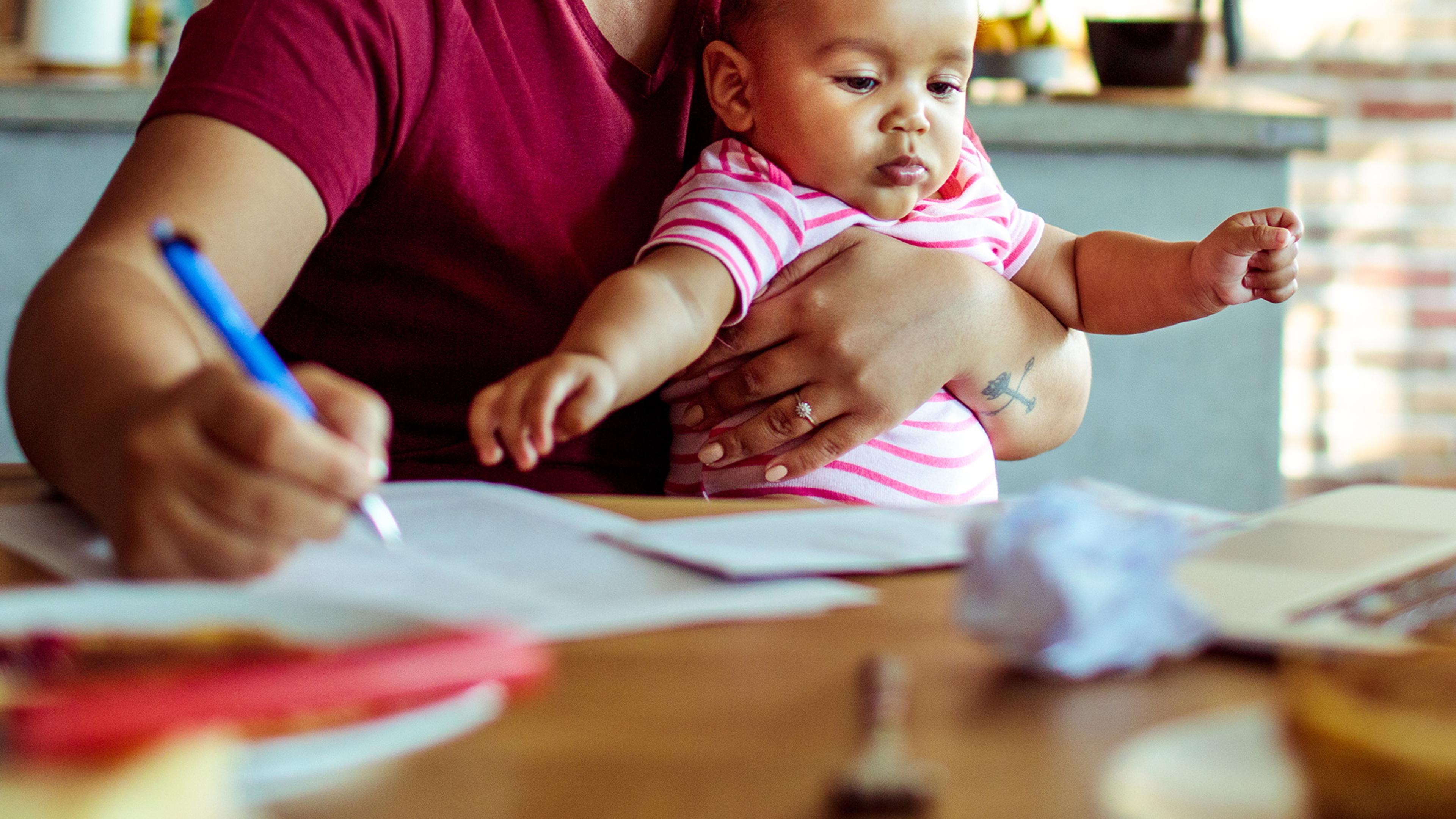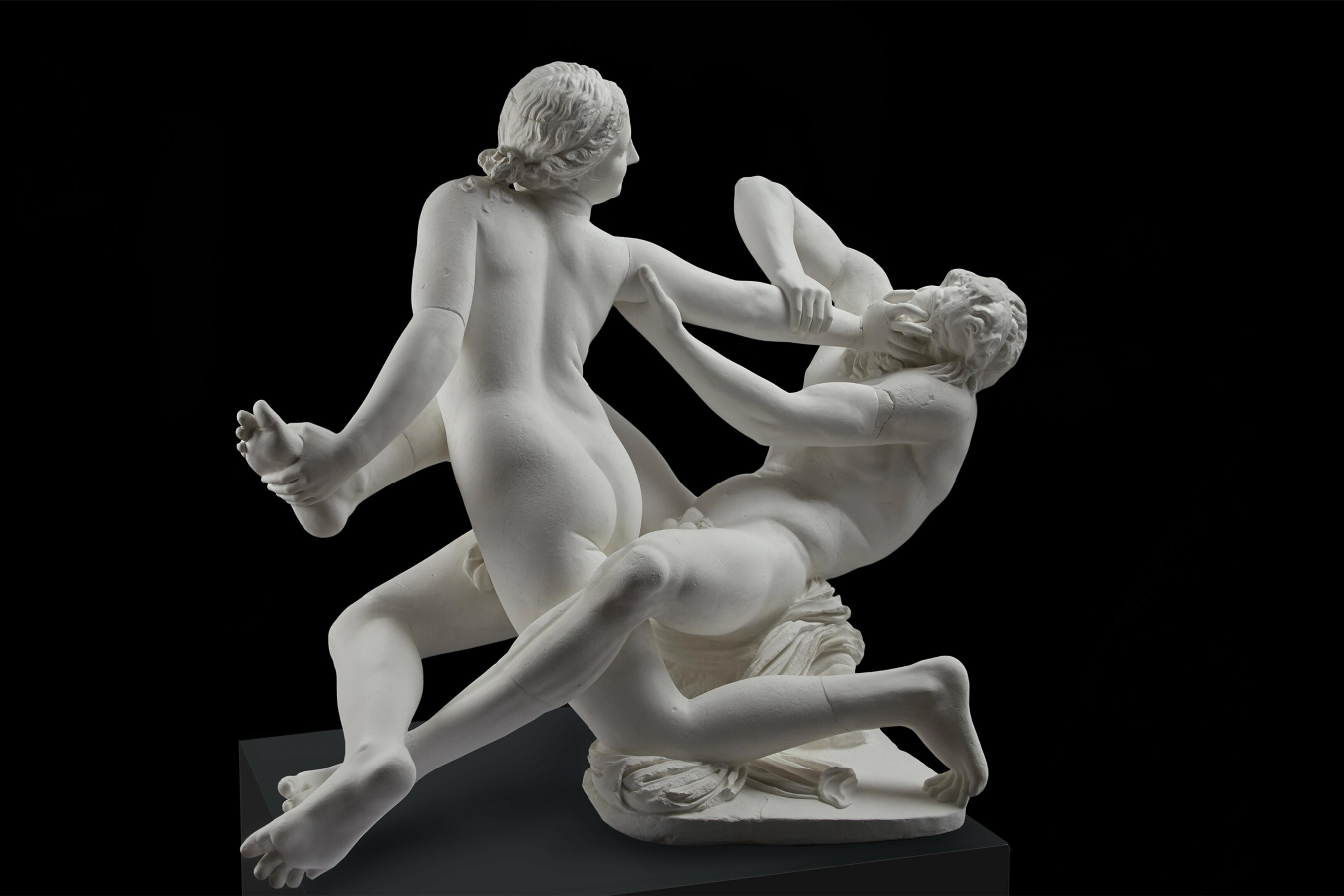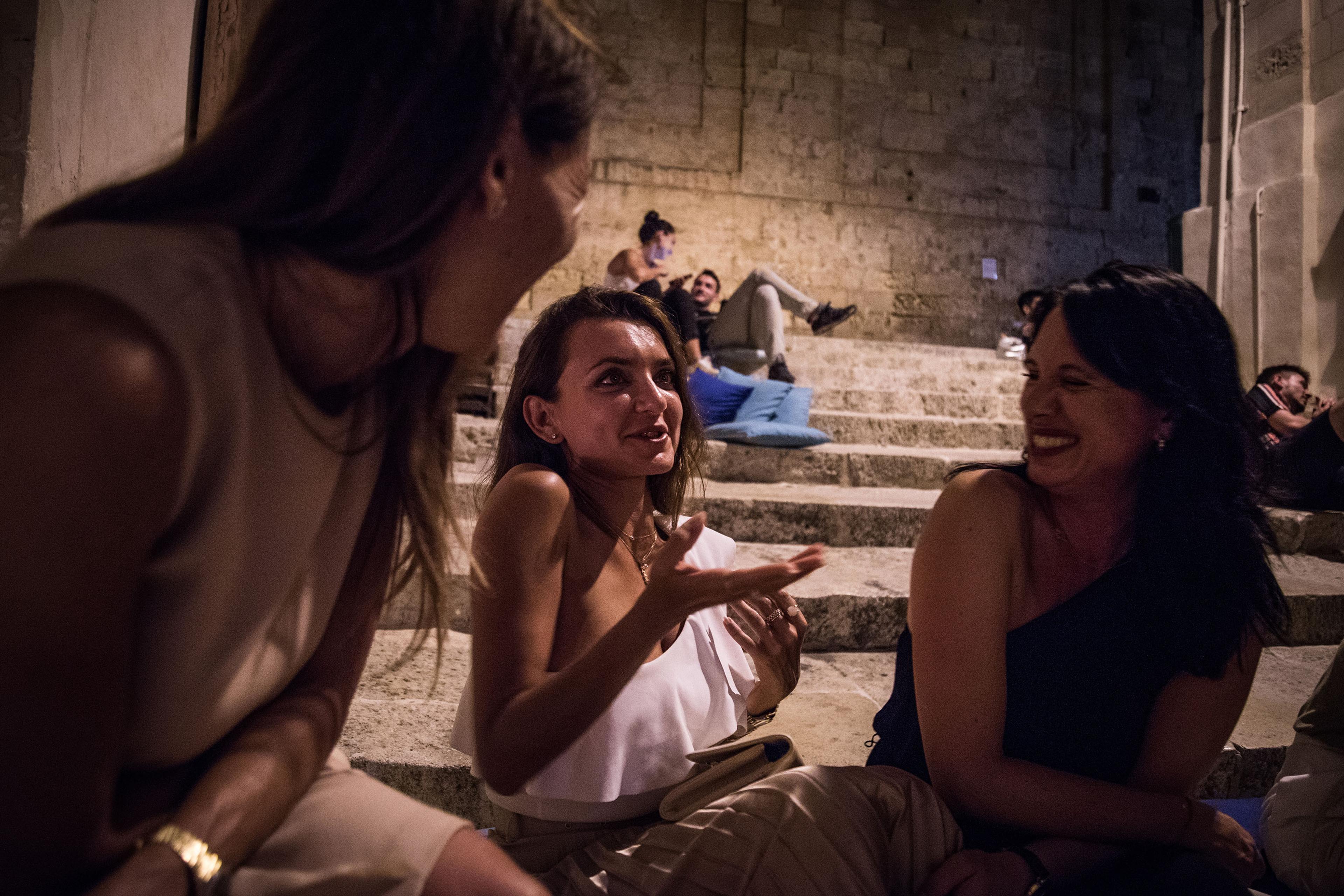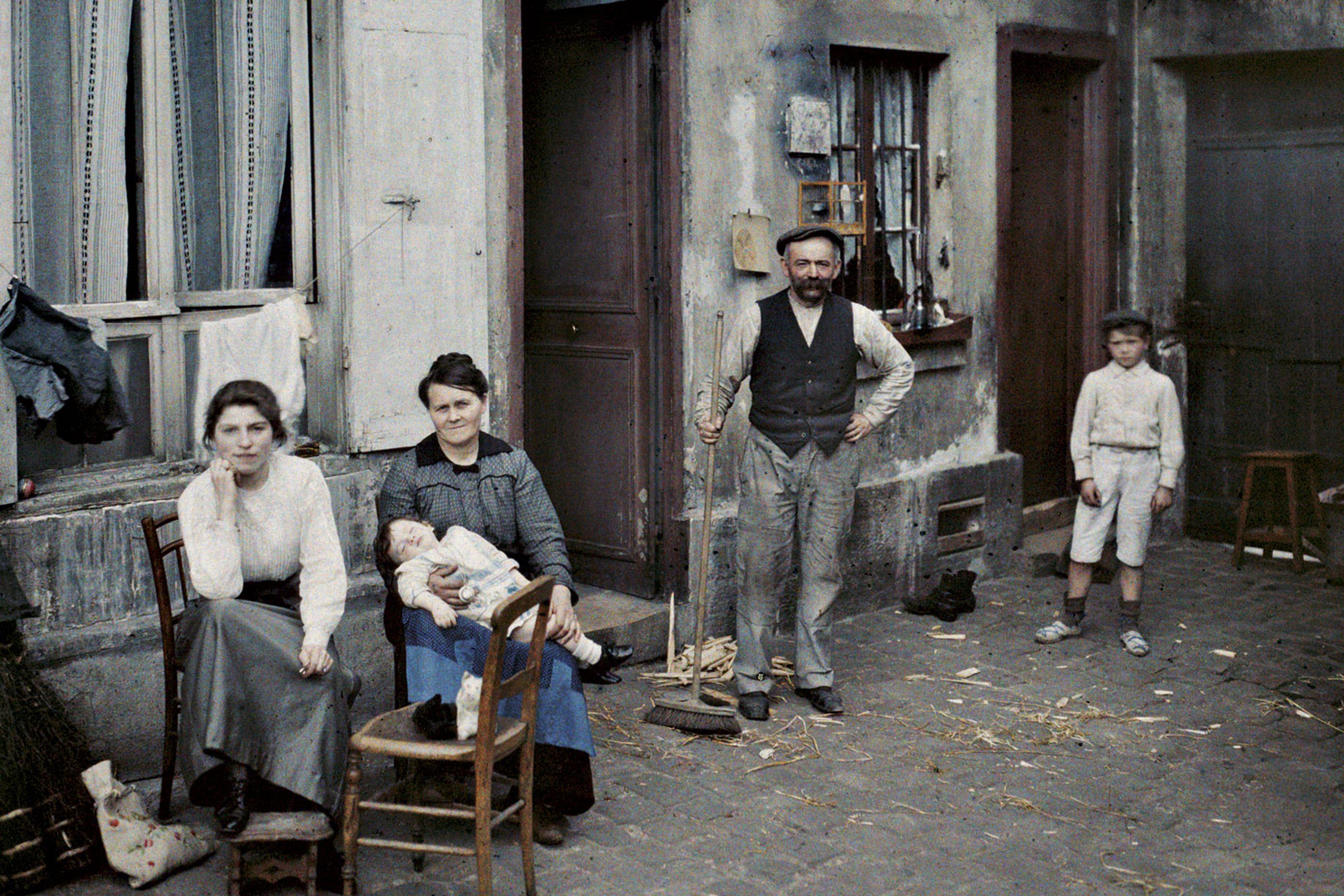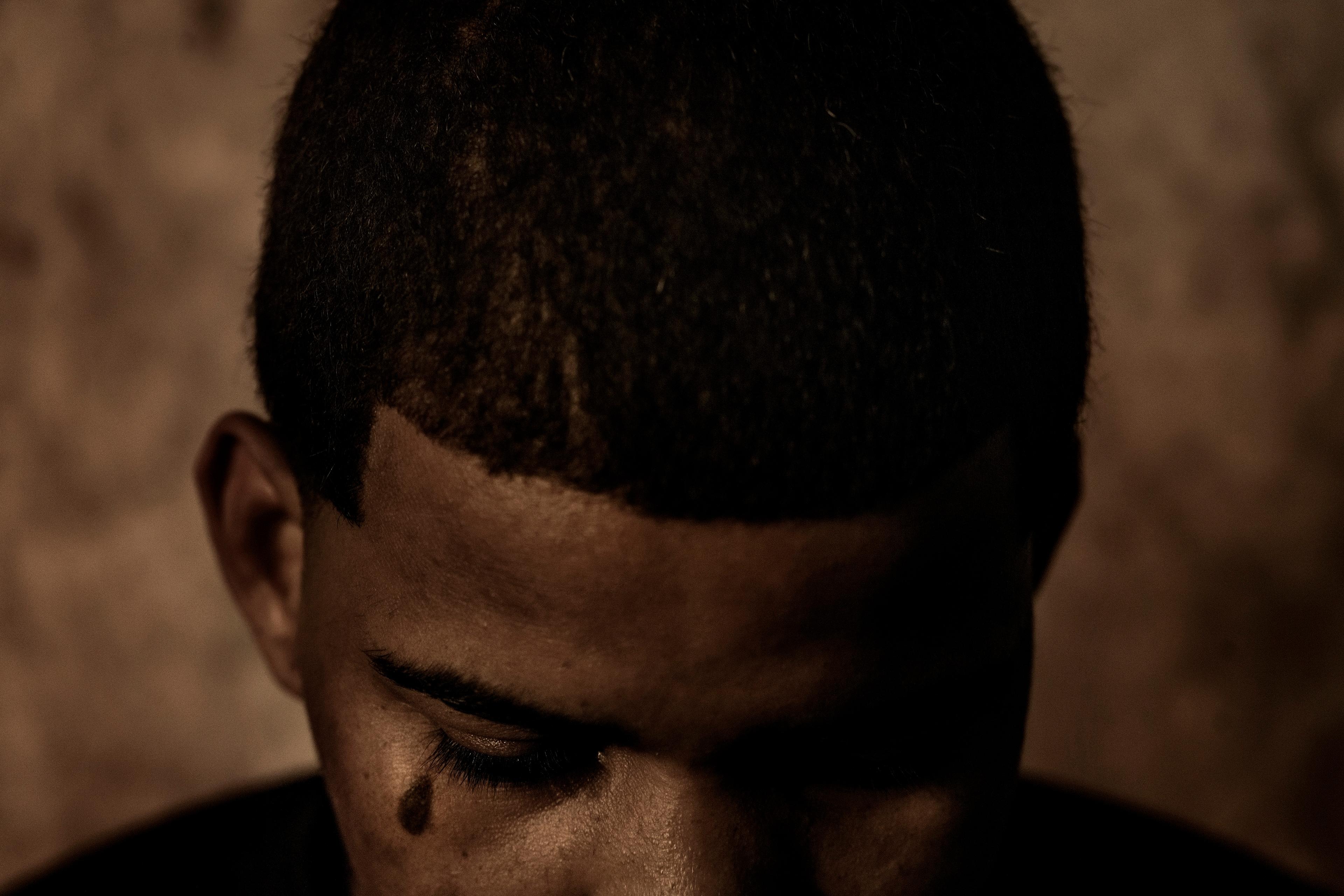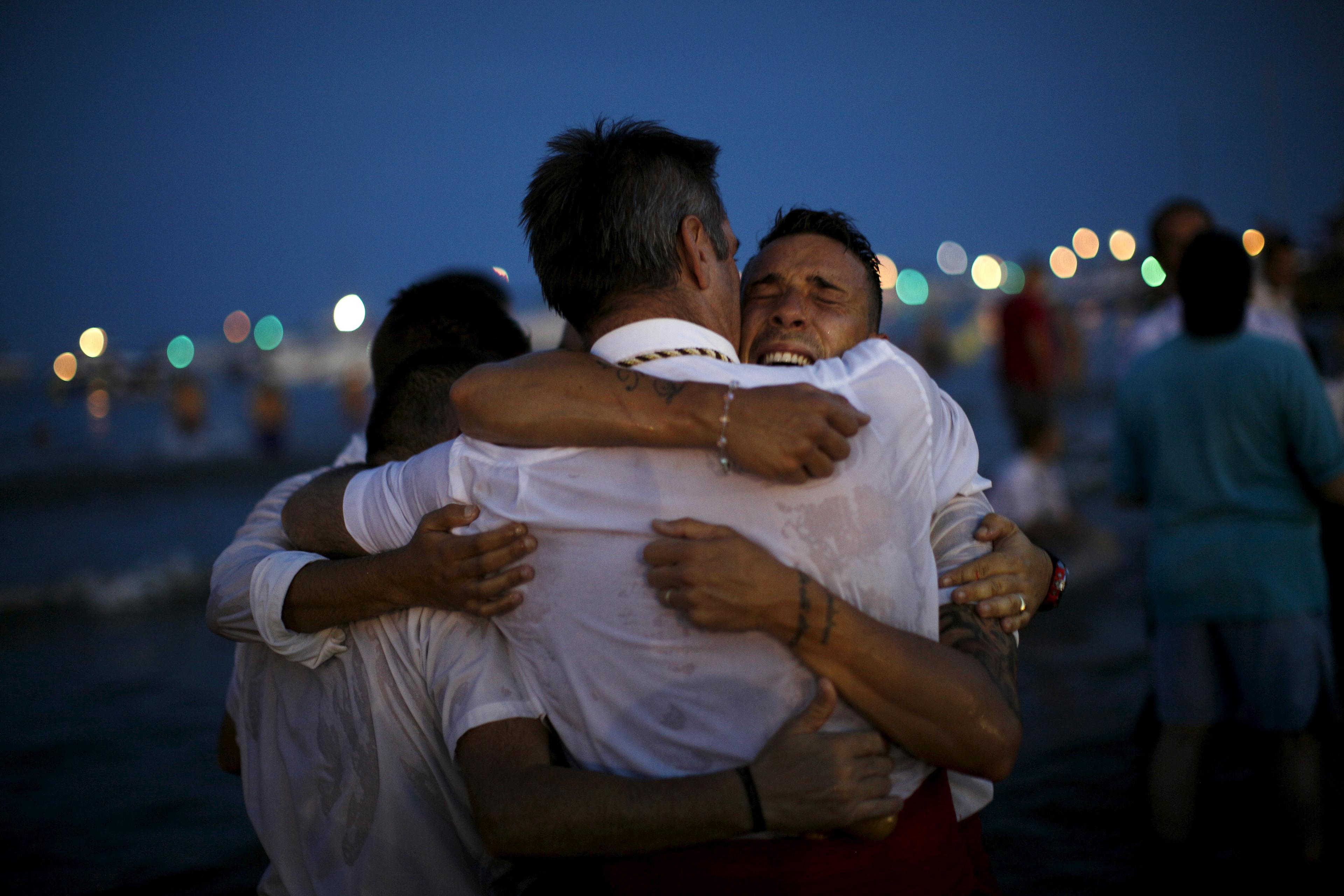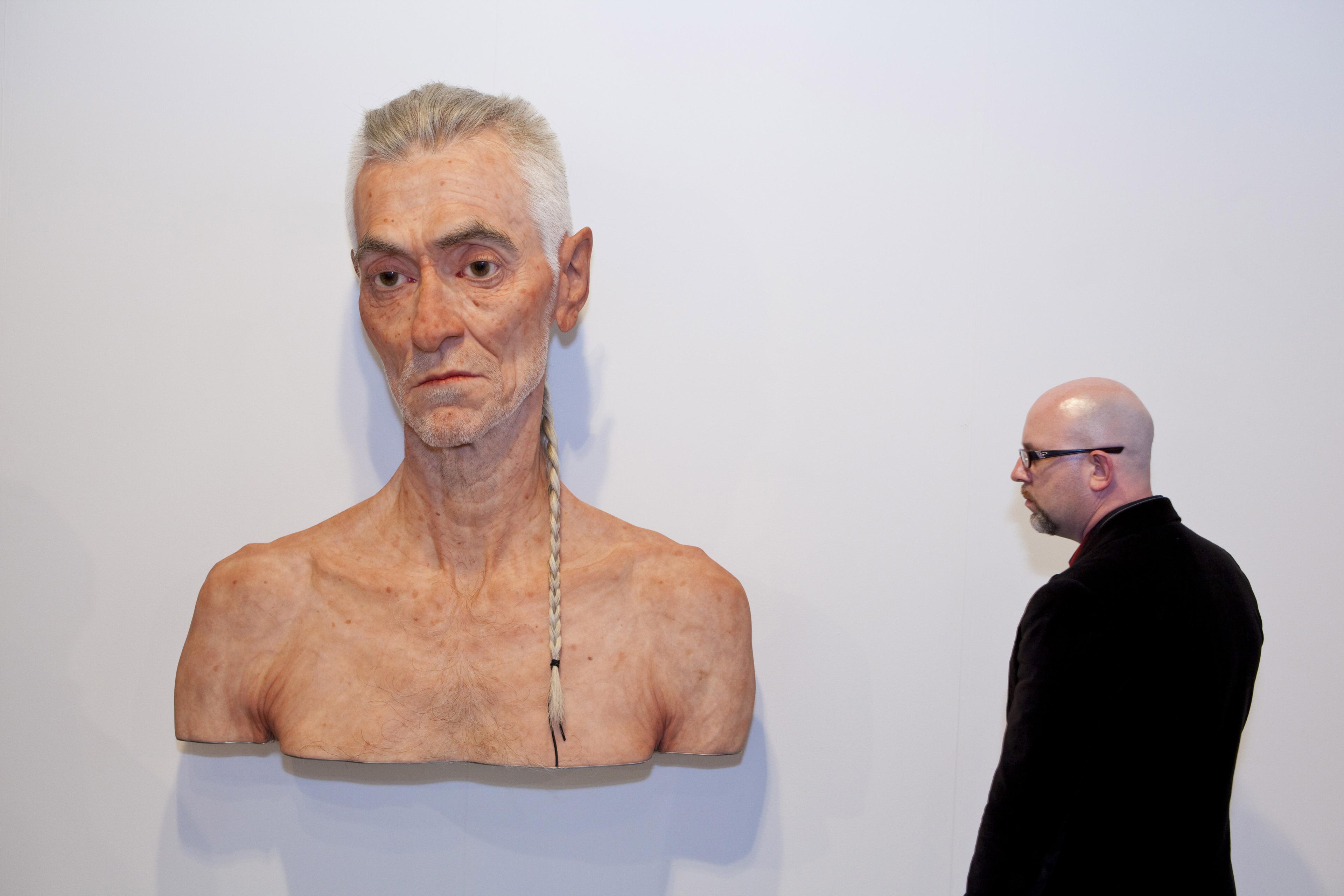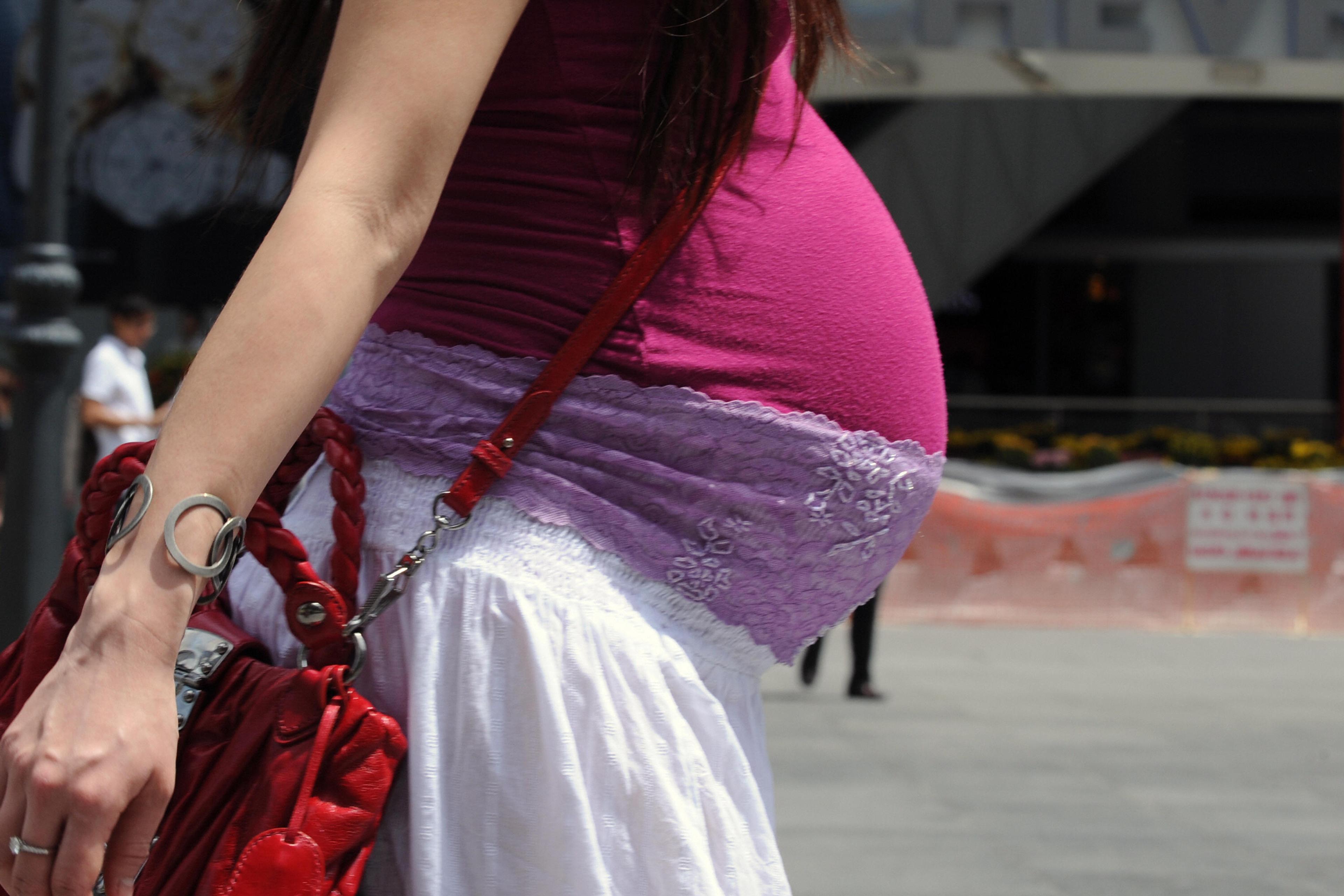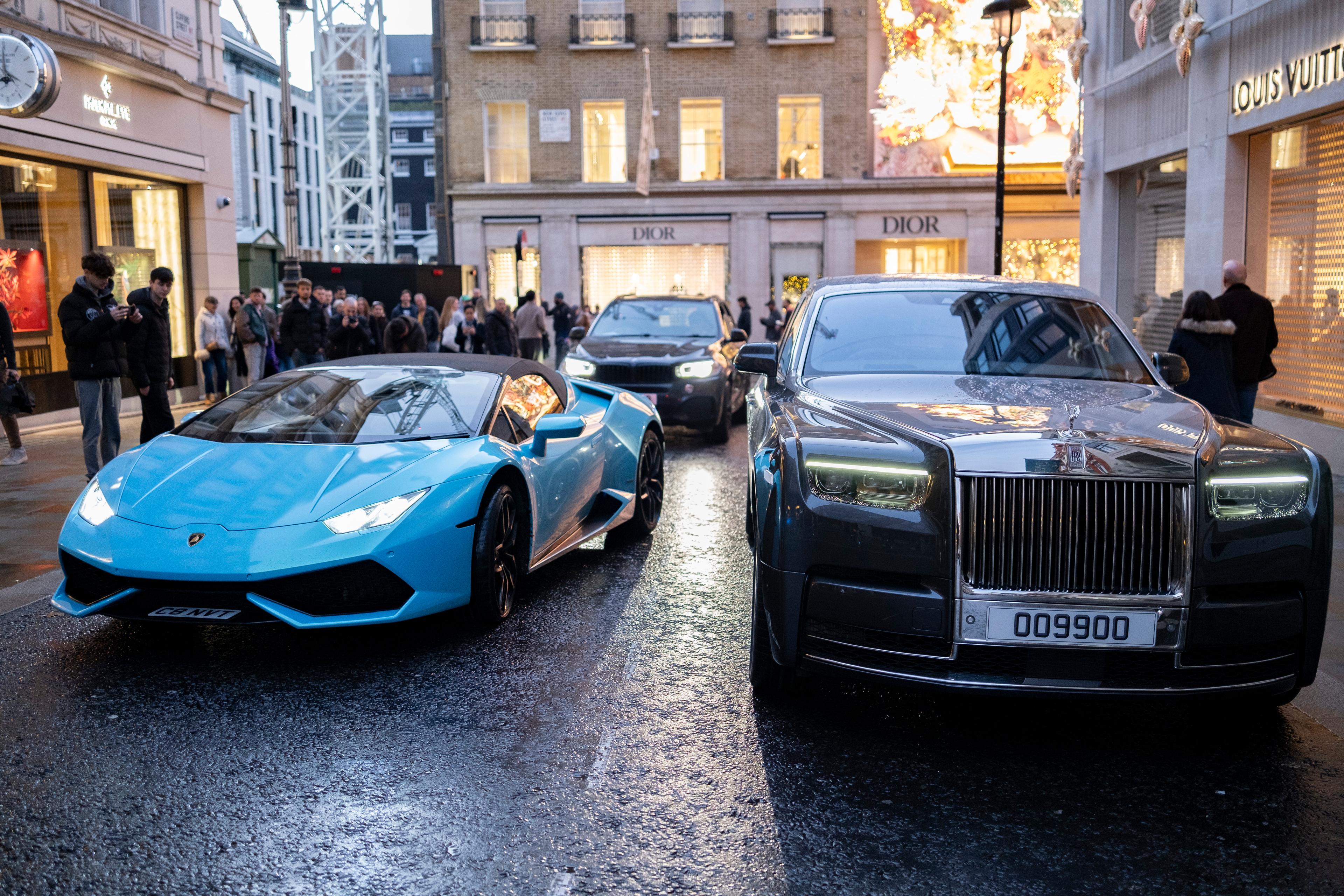When I first got pregnant, one of my biggest fears was that I wouldn’t be creative any more. I imagined myself as a new mom, sweaty and covered in baby spit-up, staring at a blank page. What if my creative juices were currently being sucked out of my bones by the foetus inside of me? As a writer, that thought was terrifying. My ability to make money and to feel good about myself as a contributing member of society depended on being able to think of creative ideas and then write them down.
Nor am I alone in this fear. Many other artists have written about their anxiety that, after having children, they will no longer be able to create art. In her essay ‘Baby Weight’ (2013), Cheryl Strayed wrote that, for most of her life, she was sure babies were ‘trouble’, designed to keep her from writing. The artist Marina Abramović said in an interview in 2016 that she’d had three abortions because having children would have been ‘a disaster for [her] work’. Much has been written about the ideal number of children for anyone who wants to be professionally successful as a writer.
In the months leading up to the birth of my son, I got a lot of advice about what I should expect in terms of creativity and creative potential for my maternity leave (12 weeks that I was taking without pay). ‘Don’t plan to write anything for the first year,’ said my writing mentor. Another pregnant writer friend passed on advice given to her: ‘Buy a pack of flash cards, put them in your diaper bag and then, whenever you have an idea, just jot it down.’ My mother told me how when she was a pregnant journalist in the 1980s, she was told she’d never get any writing done with a baby. When I packed my hospital bag, I agonised over whether to bring a notebook and a pen. I never travel without something to write with, but it seemed naive to assume I’d be the exception to the rule – the new mom jotting down literary insights in her notebook minutes after giving birth. In the end, I left them sitting on my desk. The forest of motherhood loomed, and I stood at the edge, holding my writing like a beloved teddy bear that would soon be left behind.
The first night of my son’s life, he and I lay awake, staring at each other. His eyes were big and dark; they looked directly into me. Despite having just finished more than 30 hours of labour, I felt completely awake, electric even. He was alive! I was alive! In fact, I’d never felt more alive. Brunch didn’t matter, I realised! Nontoxic Montessori wooden toys didn’t matter! It occurred to me that we were all eventually going to die and all that mattered was making art and being alive. I had all these thoughts; about birth and death and what souls are made of – I grabbed my phone and started jotting down notes. The next morning, I sent my husband to the hospital gift shop to buy a notebook and a pen.
The three months after my son’s birth ended up being the most creative months of my life. I wrote pages and pages; poems and ideas for stories and journal entries about being a mother. Everything was new and fresh, and I didn’t want to forget any of it. I showed up to my weekend writing group with a 10-day-old baby wrapped against my chest. And by the end of my maternity leave, I had a rough draft of a very bizarre apocalyptic novel about a pregnant woman trying to find her way home. Publishable? I had no clue. Creative? Most definitely. In fact, it was weirder and bolder than anything I’d written before.
I know what you’re thinking right now – how does this work in the real world? When you have a newborn baby and two other children. Or when you have to go back to work after just two weeks. When you or your baby have complications from the birth. Maybe you’re so sleep-deprived you’re hallucinating. Or maybe you’re full of ideas but don’t have five minutes to shower. I had maternity leave (albeit unpaid), an uncomplicated birth, a chill sleepy baby, and a partner who also had paternity leave and with whom I split childcare duties evenly. Many women don’t have that. I can’t sit here and pretend that this is a level playing field and some of us just happen to write novels while some of us dawdle time away on less intellectual pursuits. We all know that’s not true.
Regardless, I wanted to understand why postpartum was so creative for me, and if this could be bigger than me – a biological phenomenon even. For female artists, this realisation could be profound. To do that, I wanted to understand creativity. Because creativity is so complex, and still being understood, I found a lot of disparate information that, once pulled together, started to paint a clearer picture of why I had experienced postpartum creativity.
First off, creativity requires novelty, and new motherhood is the definition of a novel experience. Solitude and daydreaming are both key factors in creativity – and regular occurrences in postpartum. It seems that trauma and creativity might have a relationship because trauma forces our perspectives to shift and our brains to rebuild, and therefore explore new avenues (and no matter how closely your birth matches your birth plan, I would say that birth itself and the identity shock of becoming a mother is the very definition of trauma).
Fear and creativity also have a fascinating relationship; fear makes you less creative, and it appears that our brains are hardwired to fear creativity. From a purely hormonal level, studies have linked creativity with increased levels of oxytocin, the ‘love hormone’ that surges during labour and while breastfeeding. Creativity is also linked with low levels in norepinephrine, a hormone that controls focus and mood, and plummets in the days following birth. I also ran my theory by Anna Abraham, the director of the Torrance Center for Creativity and Talent Development at the University of Georgia, who told me that, while she couldn’t give me any conclusive answers, she wasn’t surprised that birth spurred a creativity spree: creativity is about seeing things differently, and what could be more different than having a screaming tiny being come out of your own body?
Then I looked at what we know about the postpartum period, also known as the fourth trimester, and generally defined as the first six to 12 weeks after birth. First, you are flooded with powerful hormones – prolactin, oxytocin and cortisol – that help you produce milk and bond with your baby, while simultaneously experiencing an extreme drop in hormones such as progesterone, norepinephrine and oestrogen. This hormonal shift causes an intensity of emotion unlike anything I’d ever experienced before. Second, the postpartum brain shrinks in some areas so that it can expand elsewhere; it also starts charting new neural pathways. You are literally accessing parts of your brain you’ve never accessed before. There is evidence that lactation decreases fear and stress; based on a study in mice, postpartum mothers seem to have a hormone that increases protectiveness.
Research looking directly at postpartum creativity doesn’t really exist. A study on predation found that rats have improved memory and learning after having a baby, and another study noticed that postpartum mice had dramatically low levels of norepinephrine (as already mentioned, decreased levels of norepinephrine are linked to creativity, and also to postpartum depression). According to Raylene Phillips, the medical director of neonatal services at Loma Linda University Medical Center in California, this creative burst could be explained by a switch from left to right brain. ‘One thing we know is that, after birth, oxytocin puts [mothers] in their right brain,’ she told me.
While the idea that individuals are dominant in one side of the brain or the other has been disproven, it’s widely accepted that the right side of the brain is responsible for things such as imagination, playfulness, artistry, curiosity and experimentation. As the brain researcher Jill Bolte Taylor described in her TED Talk in 2008, the right hemisphere of the brain ‘is all about this present moment … Information … streams in simultaneously through all of our sensory systems, and then it explodes into this enormous collage.’ Our left hemisphere, on the other hand, is linear and focused on taking lessons from the past and turning them into projections about the future. Taylor describes losing function of her left brain due to a stroke, and existing only in the right side of her brain, what she affectionately refers to as ‘La La Land’: ‘I felt enormous and expansive. Like a genie just liberated from her bottle.’
This is exactly what I felt, staring into my newborn child’s eyes. I had stared into the life-death continuum, and I now understood that literary journals and New York Times bestsellers are just arbitrary social constructs. In truth, we are all just cells fighting for survival and significance on a dying planet. Any book I write, no matter how brilliant, won’t survive climate change. Instead of depressing me, these realisations felt freeing. I was put on Earth to love and make art, and that’s what I was going to do! The terrifying voices that normally joined me for a writing session, that essentially told me I was wasting my time, everyone’s time, even the computer’s time, were quieted by this new perspective.
On whether postpartum is universally the most creative time of our lives, Abraham pointed out that I have made a career out of taking bursts of creativity (or ‘ideas’) and turning them into essays and stories that I then sell to pay my bills. When creativity strikes, I know what to do with it. For someone who works in a noncreative field, or who doesn’t have a medium to pour their creativity into, postpartum wouldn’t necessarily turn them into a novelist or a sculptor. ‘For people who deal in the business of meaning-making, they will derive more from [the postpartum period],’ Abraham said.
So I don’t mean to say here that you failed at postpartum if you didn’t write a novel or paint a portrait or invent a cure for cancer. I’m just posing a question: what if postpartum is one of the most magical, expansive, creative times of our life? A time when those of us who have birthing bodies have the ability to touch the birth-death continuum, to take the hormonal rollercoaster and turn it into a piece of art, to create meaning as a way of making sense of what we’ve just experienced. What if that was true? And if it was true, then how might that shift the narrative around mothers who are artists and writers? Instead of ‘Prepare to miss a year of writing,’ how about ‘Prepare to have some of the wildest ideas of your life.’ Instead of ‘For every baby you have, that’s a book you won’t write,’ how about ‘For every baby you have, that’s a new Pulitzer-prize-winning-neural-pathway that might get uncovered.’
One day, science will take female artists as seriously as we take ourselves. Until then, I’ll leave you with a moment that happened recently. A friend of mine who happens to be a writer and eight months pregnant asked me what I wished I had packed in my hospital bag. I started to say ‘hair ties’, but then I remembered that day from last year, standing in front of my desk, holding that notebook and pen, thinking: who do I think I am? I bet I won’t even pick up a pen for months. I turned to my friend and told her what I wish someone had told me: bring something to write with.
